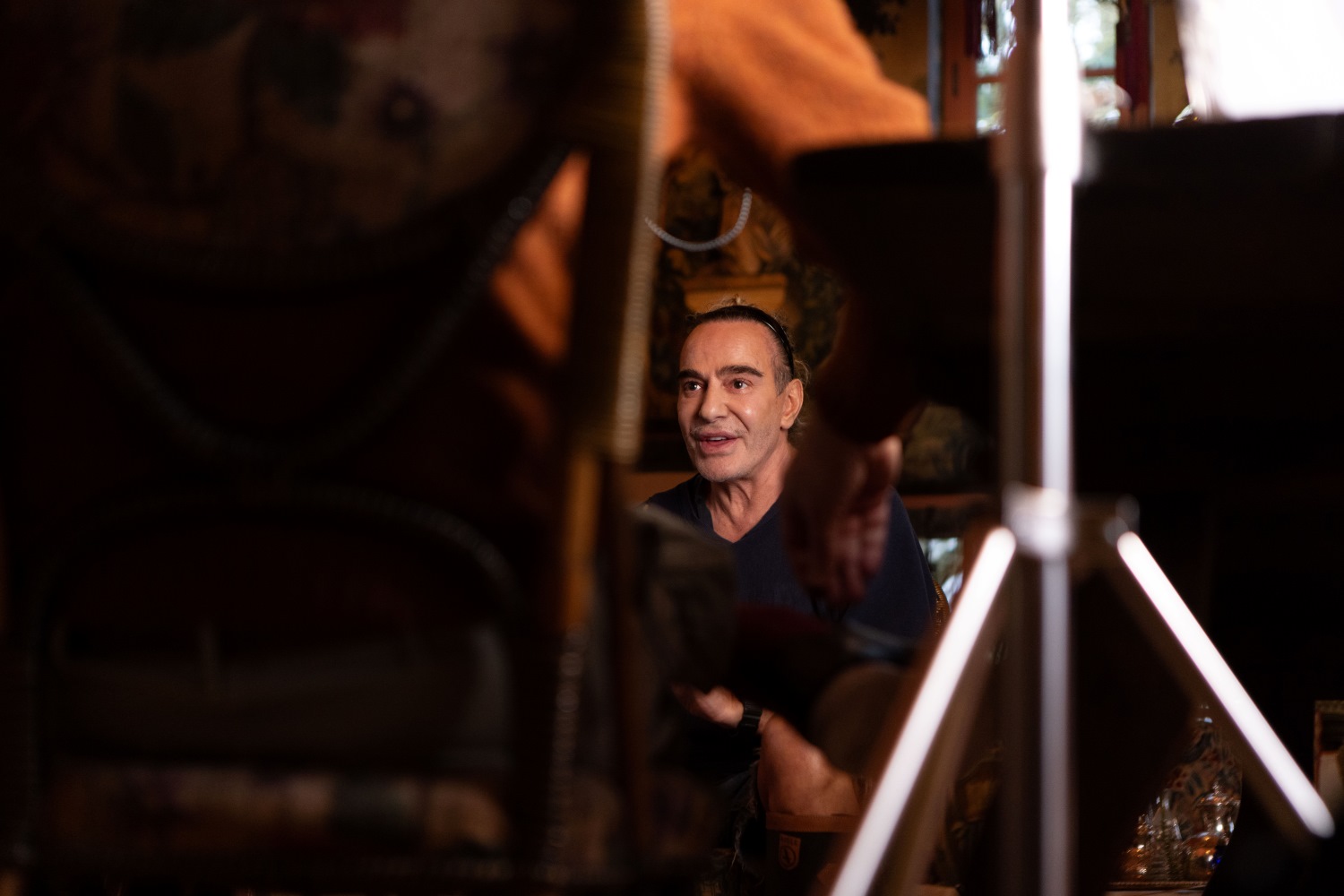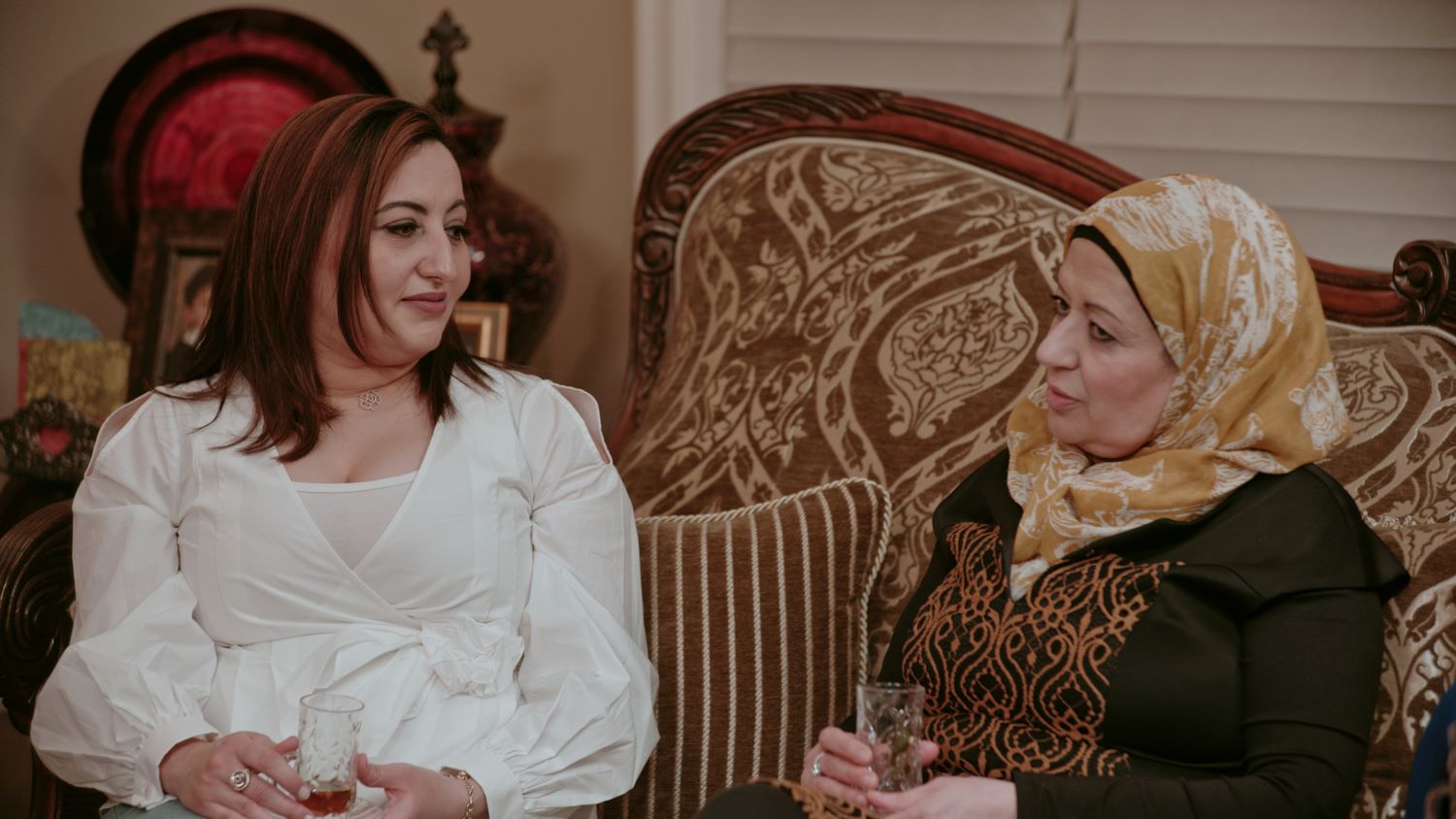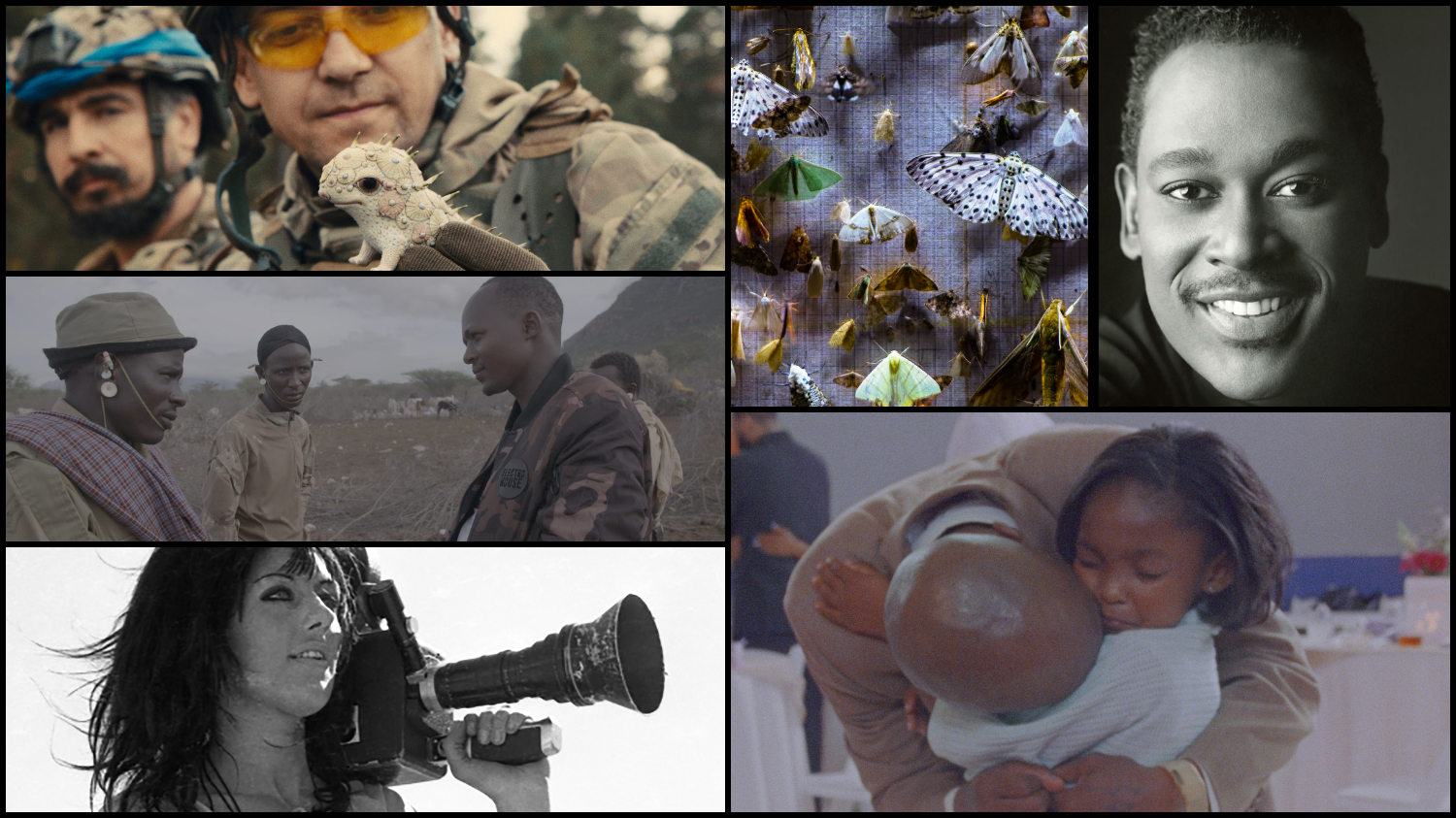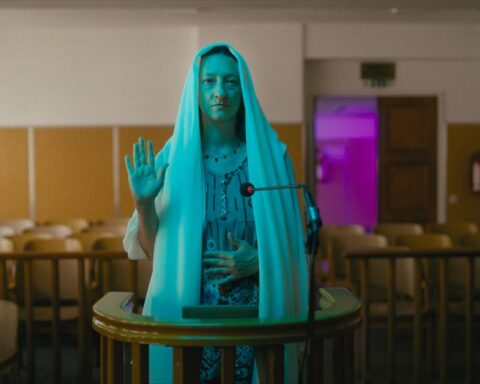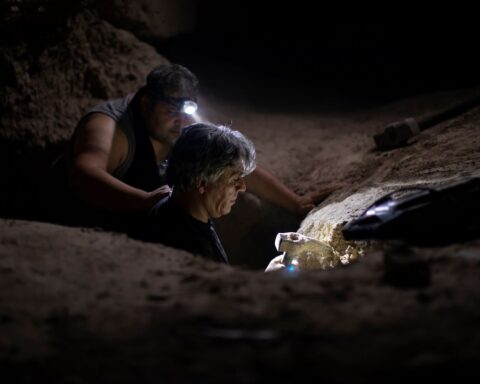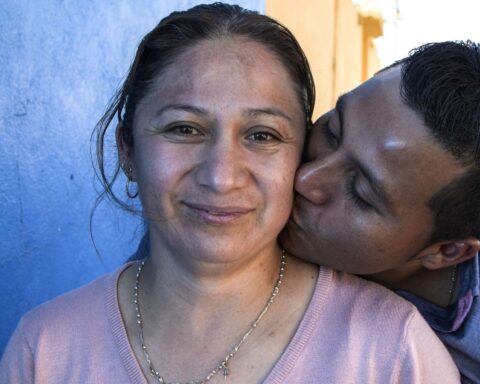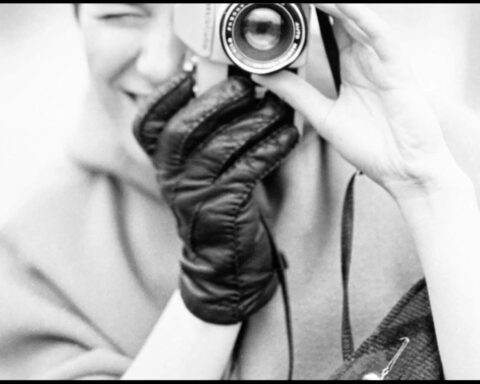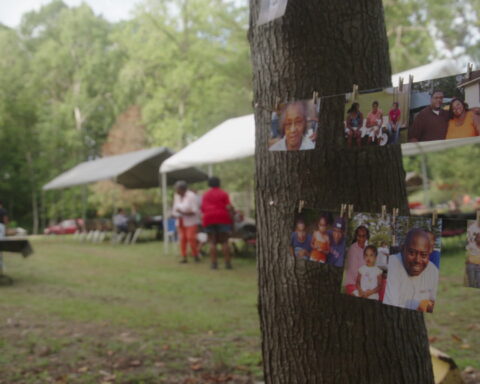“I think the fashion world often denies the truth,” says director Kevin Macdonald. The Oscar winning filmmaker (Marley, Whitney), speaking with a group of journalists over Zoom, gives the fashion world a wake-up call with his provocative documentary High & Low: John Galliano. The film looks at the dramatic rise and fall of the titular designer, who proved one of the industry’s most celebrated names at labels like Givenchy and then Dior until he was fired from the latter in 2011 after a string of viral videos revealed a bizarre series of anti-Semitic outbursts. High & Low uses the story of fashion’s bad boy to consider the possibility of redemption arcs for disgraced icons.
“Fashion is about fantasy, beauty,” adds Macdonald. “Nobody wants to acknowledge the ugly side of things because that’s a bit of a downer. There’s a tradition in the world of fashion to ignore the ugly side of things. But also people maybe don’t want to be associated with a person who has done something so controversial.”
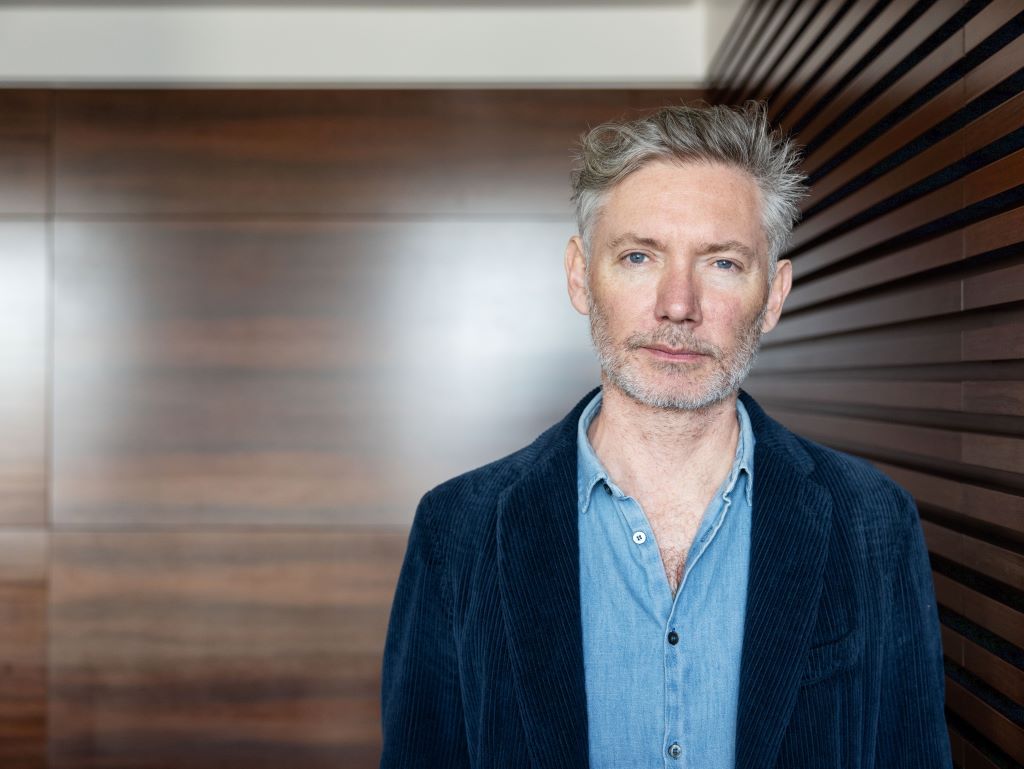
Embracing an Elephant
High & Low gets to the ugly side of fashion right away. Macdonald opens the film with a video clip of John Galliano’s vitriolic anti-Semitic ranting. Seated outside a Paris café in 2010, he verbally accosts fellow patrons in a belligerent drunken tirade. There’s no doubt that it’s him. However, by starting with the viral video, rather than with archival footage of a fashion show that made Galliano a cause célèbre, Macdonald introduces him at his lowest. The starting point challenges viewers to use this horrid display as the starting point in Galliano’s quest to return to the spotlight.
“It is the thing that everyone knows about Galliano, but people are nervous of it,” explains Macdonald when asked why he opened with the video. “I thought, ‘Well, I’m going to just put it there and people are going to know that we’re going to come back to it and discuss it in full.’” The film uses the video as a framing device. It revisits Galliano’s origins and shows a dedicated designer rising on the scenes in Paris and London. It circles back to the video partway through the story for Galliano’s take on what happened.
“The film is, in a way, going to take us to that point and to help us to understand what happened there,” explains Macdonald. “I did look at taking it out from the beginning and moving that later on, but I felt like people might think, ‘Oh, this is just a puff piece. This is just a film about this great designer.’ I wanted it to address the elephant in the room from the beginning.”
On the Highs
Interviewees like Vogue editor Anna Wintour, models Naomi Campbell and Kate Moss, and actors Charlize Theron and Penélope Cruz extol Galliano’s hand. They praise him for reinventing runways and red carpets with textures, layers, and angles.
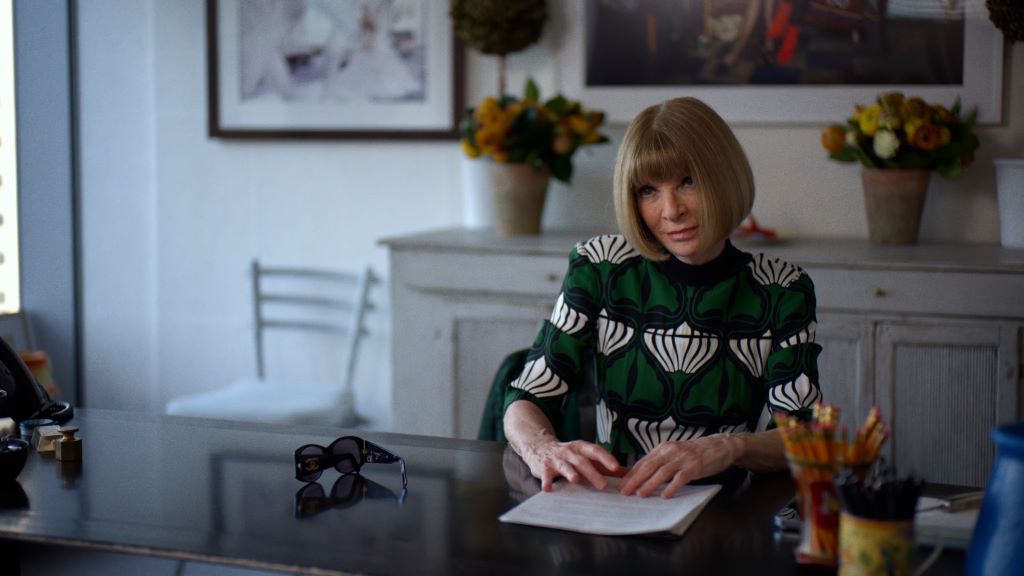
“I went to Condé Nast and Anna Wintour, who I spoke to very early on in the process,” says Macdonald. “She wanted to be helpful and support the film because she’s a big believer in John and his talent. She helped particularly with the people at Dior and LVMH [Moët Hennessy Louis Vuitton, which owns former Galliano labels Givenchy and Dior] to ask them to co-operate and collaborate.”
Thanks to the ensemble of insiders, High & Low stitches a convincing portrait of Galliano’s impact, even for audiences with little fashion sense. “The biggest influence he’s had is on the industry of fashion, because fashion, when he started, was a relatively small business,” observes Macdonald. “You had these fashion houses in Paris, which looked after a few movie stars, a few very rich old duchesses, and wives of industrialists. It was very rarefied and exclusive.”
The film credits Galliano’s vision for extravagant exhibitions and runway presentations that helped popularize, commercialize, and democratize haute couture. “The genius of [LVHM CEO] Bernard Arnaud and people like him was that they realized they could turn fashion into something else,” adds Macdonald. “They could turn it into a fantasy, a dream that could be sold to millions of people around the world. If you can’t afford the couture dress, you can afford the makeup, you can afford the tights, and you can afford the ring. Whatever it is, you get a little shard of that dream. John was a big part of creating that dream factory. He made these shows that were sensational exhibitions dramas, which made people cry.”
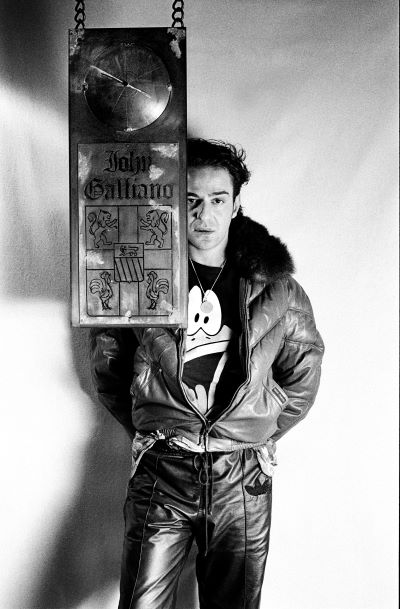
And the Lows
Galliano’s role in the dream factory helps make his downfall so dramatic. People outside the fashion world recognize his name, his work, and his face, which makes the video go viral. As High & Low builds the trajectory of Galliano’s career, it goes behind the scenes of these runways to reveal a turbulent man behind the lovely designs. “He also made scandals and controversies and got drunk and treated people bad,” says Macdonald. “That was all part of the show and part of what made fashion glamorous and interesting and made it into this industry.”
Interviewees tell of an out-of-control drunk and drug addict whose booze-fuelled after parties generated as many headlines as his runways did. The film outlines a pattern of self-destructive behaviour that claimed many lives in fashion, including contemporaries like Alexander McQueen, as designers turn to substance abuse cope with the stress entailed in maintaining the prolific output required. With seasons, trends, and tastes changing, and fashion houses extending to bags, shoes, eyewear, and jewellery, the documentary shows the sheer volume of work that Galliano was creating while holding the standard that he and the industry expected. Everyone acknowledges that Galliano was hurtling towards disaster.
The film doesn’t offer these mitigating factors to exonerate Galliano, but rather to ask the fashion world to look at the beast it created. Macdonald admits that some notable names declined interviews because they didn’t want to associate with Galliano. The director says that, in some ways, it was harder to get interviewees to speak critically about Whitney Houston for his 2018 doc about the singer, noting that with some portraits of cultural icons, particularly posthumous tales, people want to preserve memories, legacies, and financial stakes. “It doesn’t necessarily mean that it’s easier to get people to talk,” notes Macdonald. “I interviewed a lot of people who had worked with John over his career and didn’t say anything interesting. They were scared of being too truthful.”
An Elephant Sometimes Forgets
Perhaps the most truthful words in High & Low come from Galliano himself. Partway through the documentary, Macdonald returns to the elephant. He sits down with Galliano and interviews him about the incidents of anti-Semitic ranting. Galliano seems perplexed by Macdonald’s use of plural. He admits to being so intoxicated that he can’t distinguish the timeline of events. He pauses and listens as an offscreen speaker, presumably a lawyer or publicist, relays the events of the videos. Galliano, looking somewhat bewildered, relays the answer to Macdonald. He cannot account for his own behaviour.
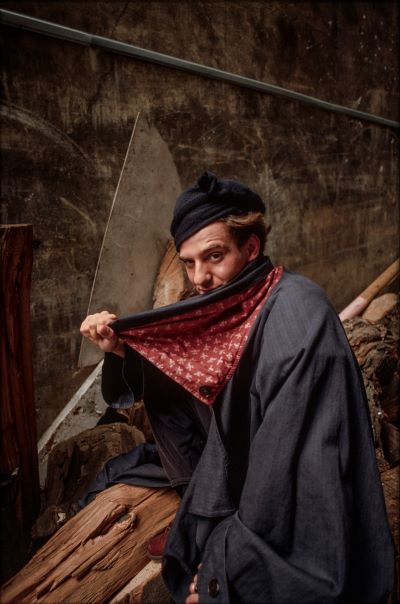
The doc outlines the fallout with celebrities debating if Galliano is an anti-Semite or a drunk. Archival clips show Dior spokesperson Natalie Portman, who is Jewish, distance herself from the designer. Former Dior CEO Sidney Toledano, also Jewish, expresses his shock about a friend and colleague saying such things. Meanwhile, a new interview with a victim of Galliano’s tirades displays signs of PTSD while recalling the public embarrassment.
Redemption and Cancellation
As High & Low follows Galliano on his path to redemption, which includes counselling with a rabbi and treatment for addiction, Macdonald lets audiences to decide if the designer deserves another chance. “The film was not intended to be a redemption for him. It was intended to be a film that was left things open rather than close,” says Macdonald. “That might be something that you can never forgive, but other people can say, ‘I know people who are alcoholics and who said and did horrendous things and they’re drunk, so I can forgive him.’”
Macdonald hopes the film explores the complexity of gray areas and the role of nuance in the conversation about cancel culture. The film also invites consideration of why some people get comebacks and others don’t. One of the film’s last words goes to Robin Givhan, fashion editor of the Washington Post. She notes that white men like Galliano get privileges that others don’t enjoy. Galliano’s victim, meanwhile, adds that the designer never apologized even after he was found guilty of making anti-Semitic remarks, an illegal act in France, and made public displays of turning a new leaf. High & Low asks if contrition is necessary for redemption.
“I want people to come out with an idea of complexity of the human mind and of the complexity of these issues that are raised in the film,” says Macdonald. “You can’t treat those issues [of forgiveness] as though they’re just black and white questions. You have to be able to hold contradictory things in your head at the same time. In our culture, we have a tendency to oversimplify things and be very moralizing about things that we would be better off thinking about and understanding more deeply.”




